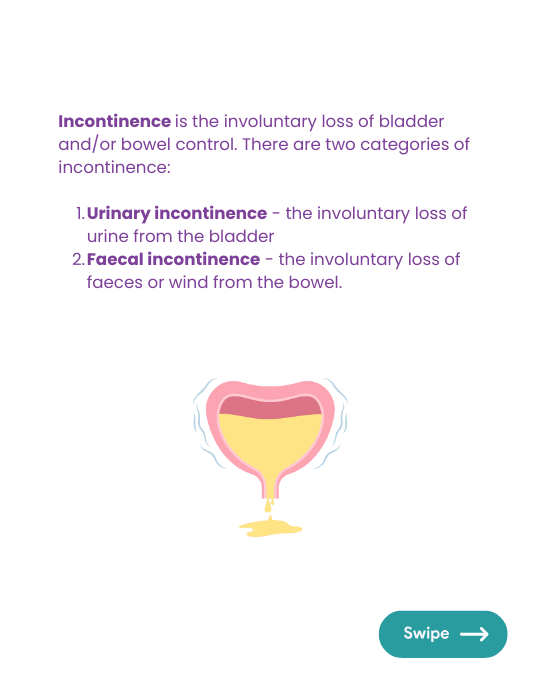Continence Management in the Community
)
Incontinence is the involuntary loss of bladder and/or bowel control. There are two categories of incontinence:
- Urinary incontinence - the involuntary loss of urine from the bladder
- Faecal incontinence - the involuntary loss of faeces or wind from the bowel.
(Continence Foundation of Australia 2024a)
Living with incontinence can be both challenging and exhausting. Generally, the physical effects of incontinence are non-life threatening, however, consequences such as the sequelae of falls, urinary tract infections (UTIs) and delirium may have life-shortening effects (Bostock 2023).
Incontinence can affect people of all genders, ages and backgrounds. While the symptoms of this disorder are often not visible, incontinence can considerably impact a person’s quality of life and cause embarrassment that prevents them from seeking help (Better Health Channel 2021).
Fortunately, incontinence can be treated, managed, and, in many cases, cured.
| Tags:Ausmed Articles |
Post comment

